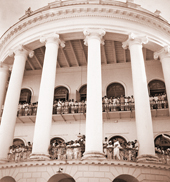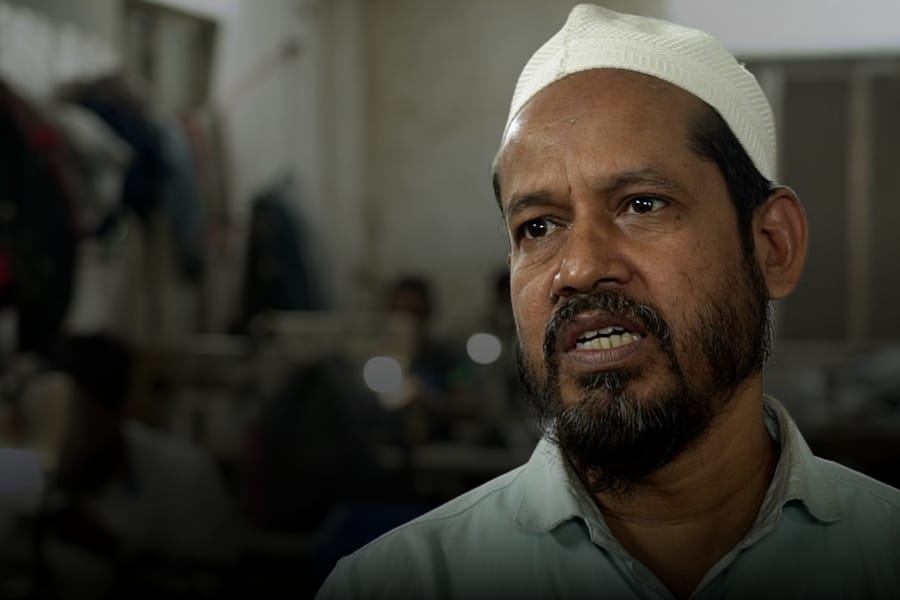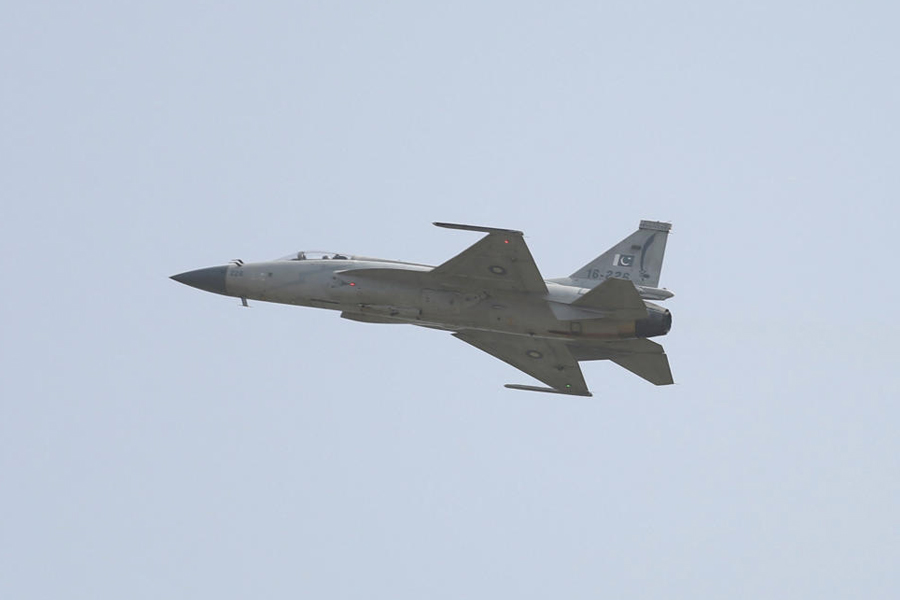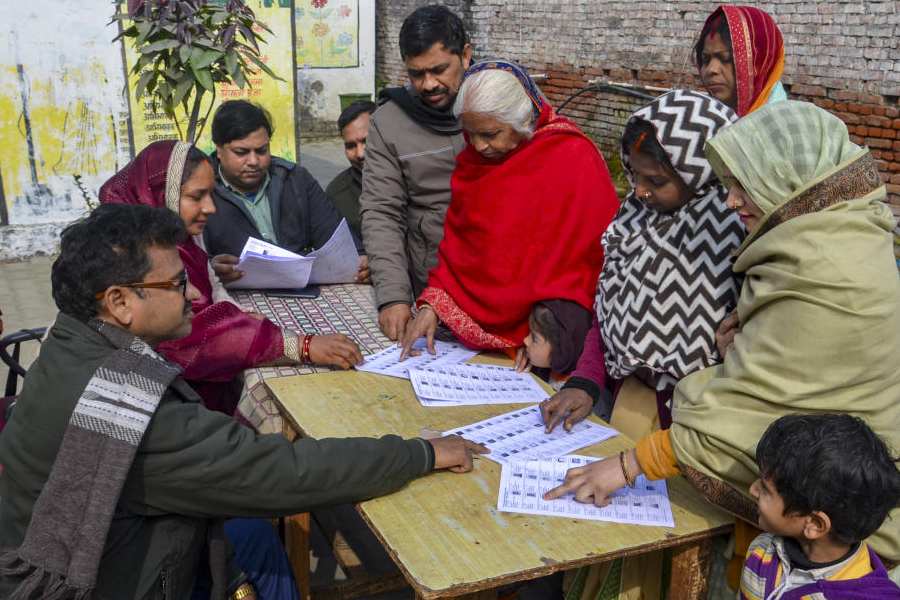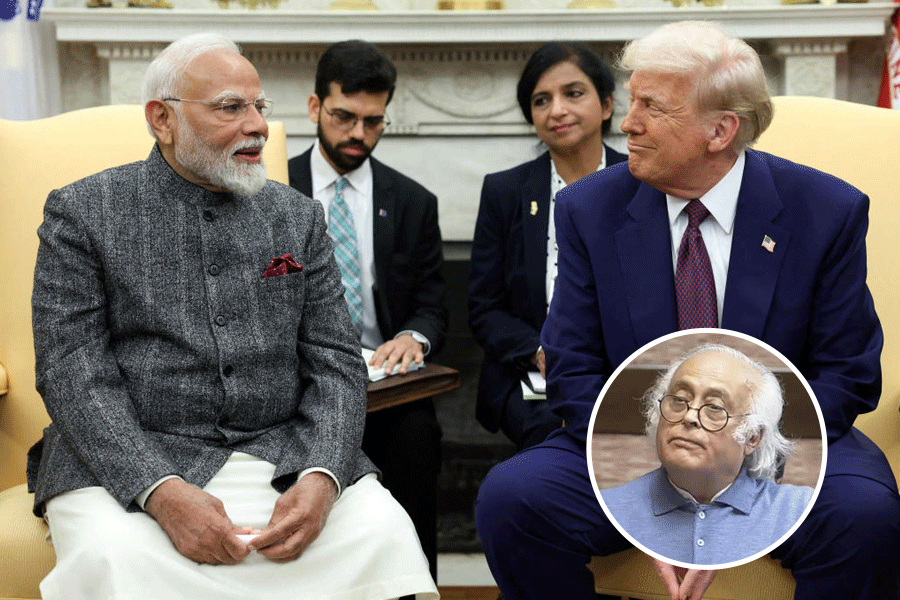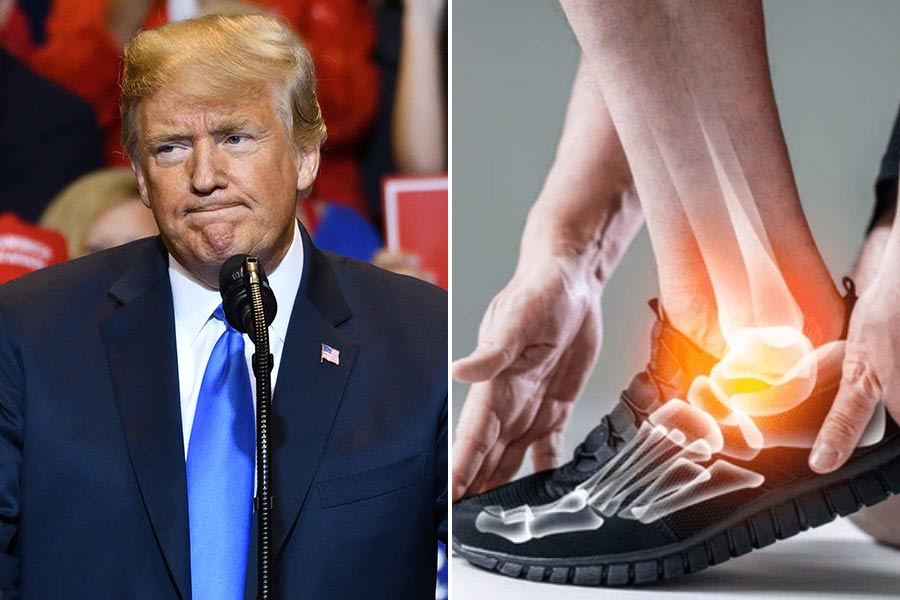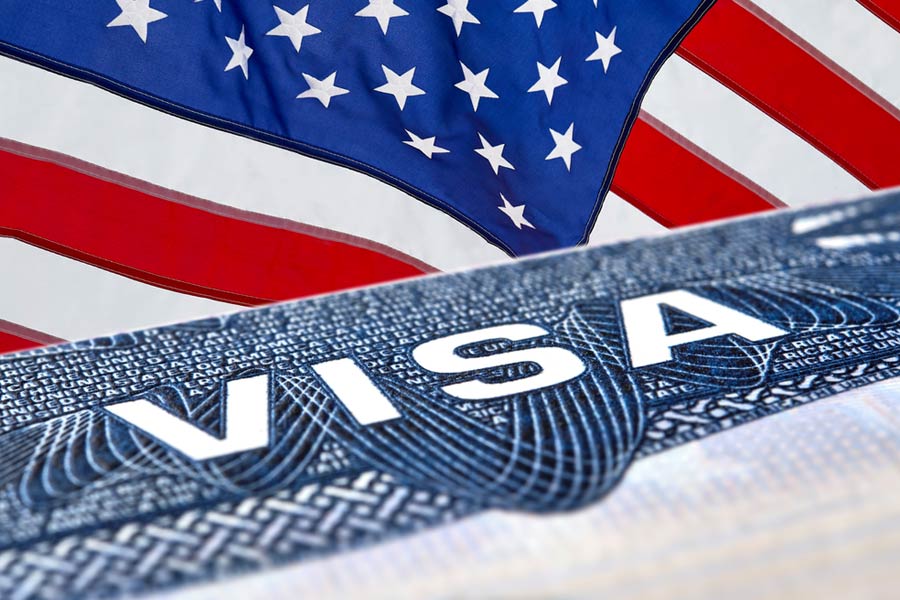Bliss was it in that dawn to be alive/ But to be young was very heaven.
They say that every Bengali has a poet inside him, and since the Bengalis of early 20th century used to be huge fans of the Romantics, one would not be surprised if they had these famous lines from Wordsworth’s The Prelude on their lips as they thronged the streets of Calcutta to usher in freedom from over two centuries of servitude on this very day 63 years ago.
Newspaper reports of the day, and those who remember it, stress the sudden outburst of joy after a year of terror and tension, when Calcutta would turn into a desert after dark. August 15 was a Friday, and Chakravarti Rajagopalachari took over as the new governor of West Bengal from the British governor, Sir Frederick Burrows, at 1am that day. Burrows had taken charge 18 months before that.
The arrival of the new chief minister, Prafulla Chandra Ghosh, was greeted with the clarion call of conch shells and bugles. Ghosh met the new governor, and his cabinet was sworn in in a solemn ceremony in the Throne Room of Government House, which in the first period after its construction served as the residence of the British governor-generals and later of the British governor of West Bengal. After Independence, it became Raj Bhavan, where the governor of West Bengal lived.
Metro tries to relive some of the events of the day.
 |
| Raj Bhavan on Independence Day |
Mob at Raj Bhavan
The Government House, always a forbidden zone, was thrown open to the public on Independence Day. Its grounds were overrun with people celebrating India’s Independence, some of whom ran amok and vandalised the place. They had come to see the new governor, Chakravarti Rajagopalachari, unfurl the national flag. As the flag fluttered the mob surged forward crying “Jai Hind”. But they were controlled in time. Hiren Mukerjee in his memoir titled Taree Hate Teer, wrote: “…I heard from somebody that such was the wave of euphoria that a stern and solemn academician was seen clambering across the Raj Bhavan railings following the example of hordes of people on a high! The ocean of humanity was everywhere — we had all forgotten the sorrow of the Partition. Our spirits were uplifted by a pride we had never felt before — today my country has gained freedom.”
 |
| A joyride in an overpopulated tram |
Curfew no bar
There was a great and spontaneous upsurge of joy as Hindus and Muslims congregated at many places from the afternoon of August 14, shouting Jai Hind, Bande Mataram and Hindu Muslim Ek Ho. Gates and arches decorated with festoons and the national flag and brilliantly illuminated were erected all over the city. Although the curfew order and Section 144 were still in force, they were totally ignored as trucks, cars, taxis and even trams crowded the city till well into the night. Muslims wore miniature versions of the national flag on their dress and distributed these tokens of amity among the Hindus.
Even communally sensitive neighbourhoods like Rajabazar, Kalabagan, Chittaranjan Avenue, Bowbazar and Harrison Road (today’s Mahatma Gandhi Road) suddenly became accessible to all. When the radio broadcast was made at midnight on Friday by Jawaharlal Nehru, women started to blow conch shells and began to ululate.
 |
| Suhrawardy (first from left) and Gandhi at Beleghata |
gandhi fast
Gandhiji was at Beleghata at that time, and streams of people, about 10,000, shouting Gandhi ki jai visited him and attended a prayer meeting. Before that he had had to face hostile demonstrations. H.S. Suhrawardy, the premier of Bengal, faced a large crowd that demanded an explanation for the bloodbath that preceded Independence.
Suhrawardy, dressed in pyjama and kurta, and addressing the crowd in Bengali, declared that he was repentant for all that had happened. Gandhi was irritated by the clamour, and in a low voice advised them not to lose patience. Both Gandhi and Suhrawardy decided to observe August 15 by fasting and holding a prayer meeting.
anglo- indians
The Anglo-Indian United Group in the Bengal Assembly in a message urged members of the community to support the governments of India and Pakistan in the way they were loyal to the old regime.
au revoir
At midnight on Thursday, the French governor of Chandernagore handed over power to an eight-member committee headed by Harihar Seth. Sri Aurobindo wrote in from Pondicherry expressing his approval of this measure. Gandhi, too, was pleased, and had sent a letter addressed from Khadi Pratis-than, Sodepore, to that effect.
 |
free boroline
The infectious patriotism sweeping the country influenced most advertisements that appeared in the print media. The Tatas, Birlas and the other corporate houses, airlines, railways, developers, publishers and shops and establishments put in congratulatory advertisements. In its zeal, G.D. & Co of Bonfields Lane, Calcutta 1, that manufactured Boroline, declared that it will distribute free 1 lakh tubes of the salve (priced at Re 1 per tube) in exchange for coupons that came with the ad.
In a curious advertisement published in Ittehad, Touhid Chemical & Industrial Company of India, Calcutta (Jinnah wearing a fez was its trademark), prescribed the use of its hair oil for a stronger economic base for Pakistan. A Muslim jeweller, whose establishment was located in Mirzapur Street (Surya Sen Street of today), congratulated both India and Pakistan on attaining freedom. A.T. Daw of Dharamtollah Street recommended firearms and ammunition for “sports and protection” and offered “concession rates”.
Signet Press advertised the new chief minister’s book titled Pracheen Bharatiya Sabhyatar Itihaas (The History of the Ancient Civilisation of India).
 |
| A scene from Achhut Kanya |
SHOWTIME
The entertainment industry was similarly enthused. Deepak cinema announced free shows (2pm and 5pm) of Ashok Kumar and Devika Rani’s Achhut Kanya. At India’s first children’s theatre at Rangmahal, the history of India was presented by child actors. The thespian, Sisir Kumar Bhaduri, gave a speech on theatre and the freedom struggle at Sri Rangam theatre (later Biswarupa). In a similar spirit, Minerva theatre of Beadon Street staged Jhansi ki Rani. Kalika put up Swapan Buro’s Bishnu Sharma. Chitra and Rupali cinema screened Burmar Pathe. Perhaps it was a coincidence, but Tiger cinema screened Jungle Book in Technicolor starring Sabu, the American film actor of Indian origin. Pioneer Pictures promoted its forthcoming production of Bankimchandra’s Chandrasekhar starring Ashoke Kumar and Kanan Devi. Hindusthan Record, “India’s first national recording concern in the East”, advertised a recording of Bande Mataram.
 |
| The Tricolour sandesh |
JUST DESSERT
Sen Mahasay, the famous sweetshop with outlets in Fariapukur and Bhowanipore in 1947, responded at the gut level by producing “Jai Hind” sandesh for the occasion. The
Tricolour was replicated by using layers of pistachio for green, saffron for saffron and the regular chhana for white. The sandesh is manufactured to this day on every Independence Day. It costs Rs 10 apiece.
 |
 |
| (From top:) Great Eastern Hotel and Grand Hotel |
PARTYZONE
Great Eastern Hotel announced a dinner dance in evening dress (national or European) in the air-conditioned comfort of its dining room.
Prince’s at Grand Hotel offered dancing and cabaret.

